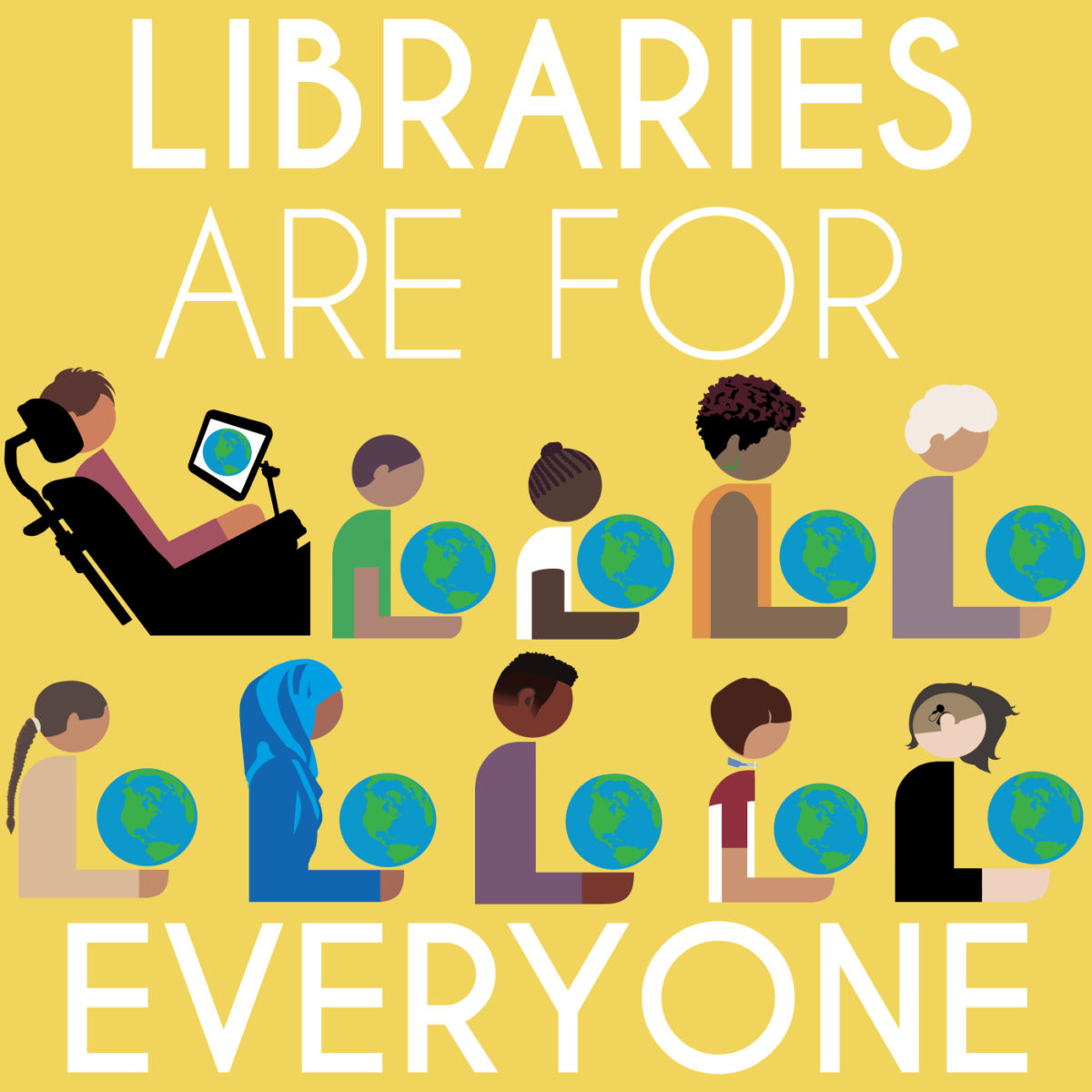After reading Dr. Ramani Durvasula’s new book, “It’s Not You: Identifying and Healing from Narcissistic People,” I had to share. This book is life affirming if you need to understand why “bad things” happen to you and motivators of narcissists. Dr. Durvasula also provides extensive strategies for healing and dealing with these highly manipulative and vengeful people.
Who Are They?
We don’t know why people act the way they do to hurt others. It’s a diagnosed personality disorder that is finally getting the attention it needs. The definition of a narcissistic goes beyond just wanting their way all the time or being powerful. It’s about people you have in your life, that abuse and shift blame by gaslighting, manipulating, and lying without remorse.
“Nothing is ever their responsibility or their fault because for a narcissistic person to take responsibility or accept blame means having to accept that they are accountable and imperfect.”
There are varying levels of abusive behaviors outlined, some classified as “malignant narcissists.”
They malign people publicly, or harm their reputations. They are highly manipulative, transactional, and judge everyone based on how useful they are – whether for power, profits, pleasure, or validation. In the simplest framing, the malignant narcissist is a bully, mean and menacing…”
You will recognize the examples used in your own family or workplace relationships. You will also understand how often these behaviors happen and go unchecked in society. The focus is never really on the narcissistic, but more on the actions of the victims being abused. Almost as if the victim has something wrong with them, despite the facts not adding up from narcissist’s manipulated account.
How Does It Happen?
If you are in an abusive relationship, the obvious answer is to leave. But it’s not always that simple. Dr. Durvasula provides examples where it’s just not possible to leave a job, marriage or other important relationship despite abuse. The victim talks themselves out of it, thinks THEY are the reason that these “bad things” are happening.
Victims routinely believe the manufactured and false narratives about what is taking place due to other silent and compliant people. It boils down to trust. When those closest to you break that trust and know what’s really going on but do nothing, that’s your truth.
“In other words, narcissistic people make you feel small so they can feel safe.”
These narcissists get something from their victims while “love bombing,” charming them, and prioritizing the relationship. When the victim realizes what is actually going on and sets boundaries and reveals the truth, all hell breaks loose.
“Hell, really hath no fury like a narcissist scorned. Their vindictive behavior may range from spreading damaging workplace gossip” to other more harmful and life threating outcomes.
Be warned, that stalking and public humiliation of their victims is quite commonplace for these individuals. Their tactics escalate when their victims pull away or start understanding the truth about past events.
How to Protect Yourself
There are many strategies discussed in the book to combat DARVO, or the common methods narcissists use. (That’s a very useful chapter.) You should also try to distance yourself spiritually or physically from your abuser(s.) If you must stay in a relationship for work or family reasons, sound strategies are provided. These will help you heal and learn to deal with these negative people. As the author states, you will be better informed the next time you come across these individuals. And you most definitely will!
The healing that takes place when you know you’re not the crazy one is incredible. Narcissist behaviors happen daily to so many of us, but now you have a voice…an authentic voice.








